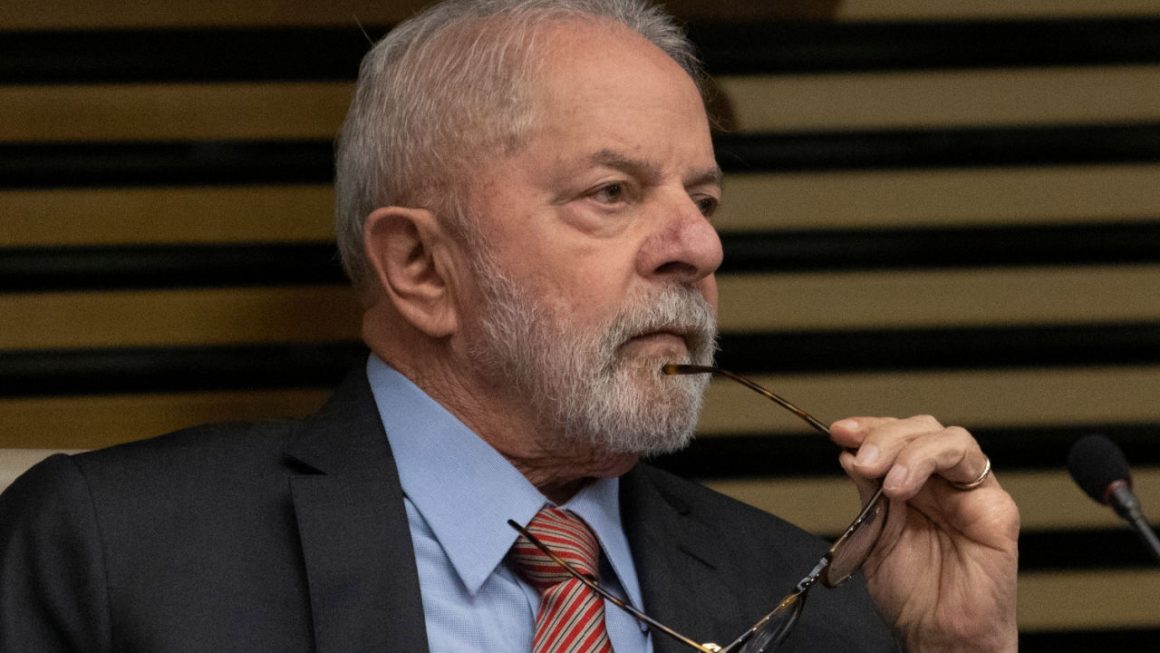Brazilian President Luiz Inacio Lula da Silva has revealed the scope and reach of the common currency Brazil and Argentina are considering issuing in Latam. Lula da Silva revealed that the currency would be used for cross-border payments between the two countries and between BRICS and Mercosur countries.
Lula reveals his intention for a common Latam currency
Brazilian President Luiz Inacio Lula da Silva revealed facts surrounding Argentina and Brazil’s intention to create a common currency for Latam and later expand it to the entire Latam region.Arriving in Buenos Aires for the CELAC summit, President LulaBRICSandexplained that discussions would focus on the launch of a currency for multilateral payments among the countries of the different integration groups, such as the BRICSandMercosur . 21} Mercosur .
What if we create a common currency with the Mercosur and BRICS countries? I think that would happen. We could set up a type of currency for trade that would be set up by the central bank.
Lula also said that international trade transactions should always be settled in the national currency to reduce dependence on the US dollar.
Brazil’s Economy Minister Fernando Haddad offered more insight into the objectives of both countries, explaining that
trade is very bad and the problem is exactly foreign currency, right? So we are trying to find a solution, something in common that can increase trade.
More
Argentine President Alberto Fernandez also referred to virtual currency in the same terms as President Lula. Fernandez stated.
The truth is that we do not know how a common currency between Argentina and Brazil will work and how a common currency will work in this region. What we do know, however, is how our economies function with trade using foreign currencies.
The joint statement by Fernandez and Lula da Silva was contradicted by a statement provided to the Financial Times by Argentine Economy Minister Sergio Massa, which contradicted the expectations some had about the retail and popular nature of this currency.
Areportfrom O’Globo also explained that the common currency memorandum of understanding that the two governments will sign will include provisions to protect the Brazilian real and Argentine peso, the countries’ fiat currencies, from being replaced by this payment focus currency.
Image Credit: Shutterstock, Pixabay, Wiki Commons, Isaac Fontana / Shutterstock.com

